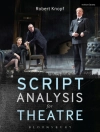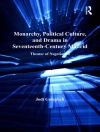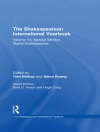Werner Herzog is renowned for pushing the boundaries of conventional cinema, especially those between the fictional and the factual, the fantastic and the real.
The Cinema of Werner Herzog: Aesthetic Ecstasy and Truth is the first study in twenty years devoted entirely to an analysis of Herzog’s work. It explores the director’s continuing search for what he has described as ‘ecstatic truth, ‘ drawing on over thirty-five films, from the epics
Aguirre: Wrath of God (1972) and
Fitzcarraldo (1982) to innovative documentaries like
Fata Morgana (1971),
Lessons of Darkness (1992), and
Grizzly Man (2005). Special attention is paid to Herzog’s signature style of cinematic composition, his ‘romantic’ influences, and his fascination with madmen, colonialism, and war.
Daftar Isi
Acknowledgements
Introduction: Framing Werner Herzog
1. Madness on a Grand Scale
2. Madness on a Minor Scale
3. Mountains and Fog
4. Faith
5. War and Trauma
6. An Image of Africa
Conclusion: Cinematic Poesis
Filmography
Sources and Bibliography
Index
Tentang Penulis
Brad Prager is assistant professor of film studies and German studies at the University of Missouri-Columbia, and the author of
Writing Images: Aesthetic Vision and German Romanticism.












